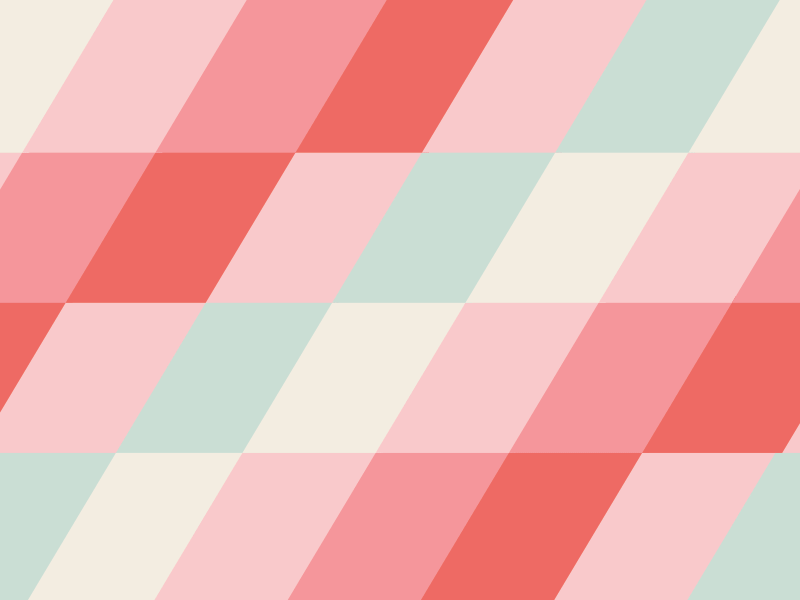Humans love patterns. Finding and understanding patterns is something that has helped us stay alive throughout history. For example, if people go too long without drinking water then they get really sick and can potentially die. This happens over and over and becomes a clear pattern. Then you notice that when people drink an appropriate amount of water, people don't get as sick and don't die as easily. So the solution, also found through seeing a pattern, is to drink enough water. This is a kind of cheesy, over simplified example, I know. The point is that we see patterns all around us and can often use patterns to our advantage whether it be to make a scientific discovery, form a piece of art, or learn something new for ourselves.
In mathematics patterns are a hot topic. We learn about patterns in math clear back in elementary school with addition, subtraction, division, multiplication, shapes, reading, and colors. Recently I have been studying patterns that appear in Group Theory. These patterns are called Frieze Groups. The definition of frieze from Google says, "A frieze is a broad horizontal band of sculpted or painted decoration, especially on a wall near the ceiling." They Also often appear in jewelry.
A frieze group, similar to a frieze, is a group of symmetries, the set of the geometric transformations that are made with translations and reflections that preserve the pattern. A frieze pattern is a two-dimensional design that repeats infinitely in both directions. There are seven types of frieze patterns, let's take a look at them.
So after throwing all of these facts/definitions at you, why should you care about frieze patterns? Well first off, they form beautiful patterns that show up all over in designs for architecture/furniture, wallpaper, jewelry, and art- who doesn't like to appreciate beautiful things? Second of all, they show up in practical scenarios as well. If you go and examine the tread on your tires, you should find that the patterns there are built from frieze patterns, this helps carry water away from the tires (note that $F_1$ and $F_3$ probably won't appear in this scenario as they would not carry water away from both halves of the tire equally). And thirdly, archeologists will often use frieze patterns to help them classify artifacts that they find, so knowing these patterns can help us connect with people all throughout time. And zoologists can even use frieze patterns to classify animals/ their movements.
Now that we have an idea about why these patterns matter, let's practice recognizing them. Below is a chart that helps me ask the right questions when I am trying to identify a pattern.
To learn more about how mathematicians view and form frieze patterns, here is a great paper to read on the details involved.
To end, here are a few pictures I took of frieze patterns that I saw around me. Thanks for reading!






Work Cited:
Contemporary Abstract Algebra by Joseph A. Gallian, Ninth Edition
https://careertrend.com/info-8517788-main-tools-used-zoology.html


No comments:
Post a Comment